On hot summer nights at Oliveto Restaurant, we would sear thin rib-eye steaks on a mesquite-fired grill and top the steaks with sliced cherry tomatoes mixed with a little garlic, olive oil, and fresh torn basil. That sauce inspired this more spicy cousin. With a hint of hot and bell peppers paired with the sweet and sour kick of Balsamic vinegar, these piquant additions allow the salsa to stand up to a range of meats and proteins, from steak, to pork chops, to braised tofu, to white beans, to hot honey mustard chicken (see below).
Visit your local farmers’ market for fresh cherry tomatoes that have a nice balance of sweetness and acidity. This salsa tastes best when prepared within an hour of serving. If you salt the tomatoes too early before serving, the salt will draw out their water and they will lose their firm texture.
2 cups mixed cherry tomatoes
2 cloves garlic, crushed
1 tablespoon red bell pepper, finely chopped
2 teaspoons balsamic vinegar
¼ teaspoon red pepper flakes
2 tablespoons extra virgin olive oil
8 leaves of fresh basil, torn
salt, to taste
1. Crush the garlic and place it in a stainless steel bowl with the two teaspoons of Balsamic vinegar.
2. Wash, destem, and cut the cherry tomatoes in half. Place them in the bowl.
3. Finely chop the pepper, and place it in the bowl along with the red pepper flakes.
4. Let the ingredients marinate for about 30 minutes.
5. Add the olive oil, salt, and torn basil.
6. Serve the salsa by spooning it over grilled or roasted meats, braised tofu, or cooked white beans.
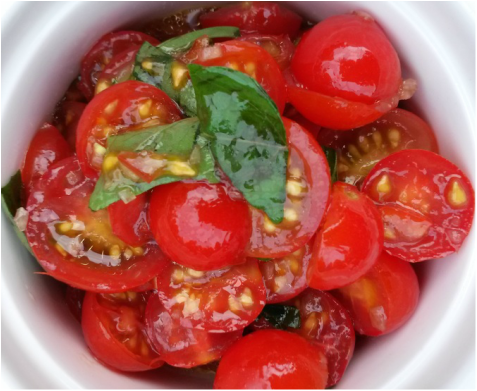
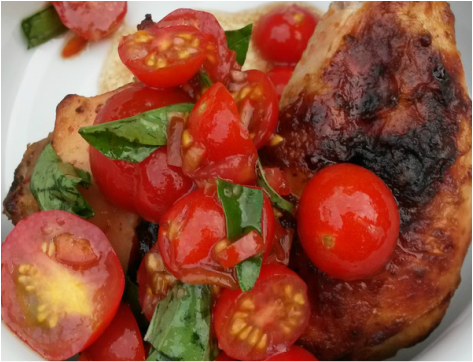
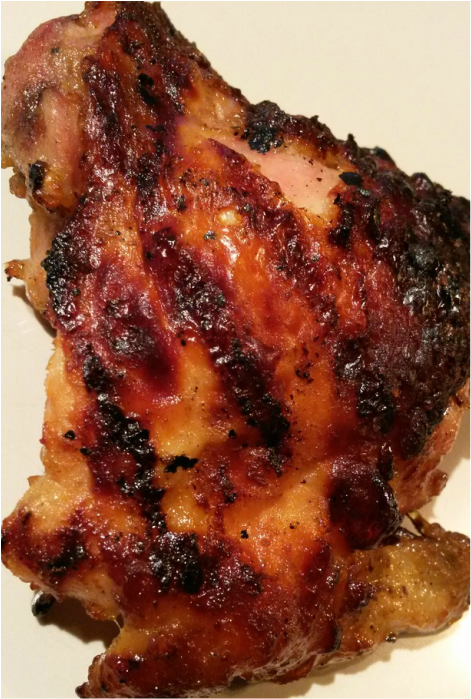
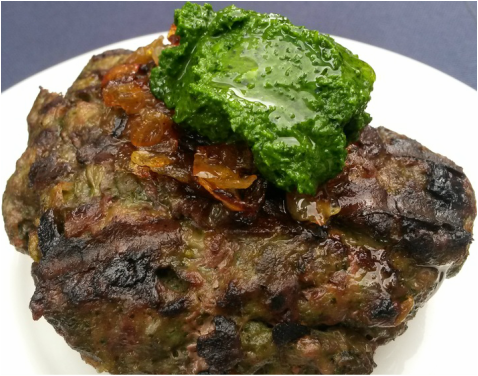
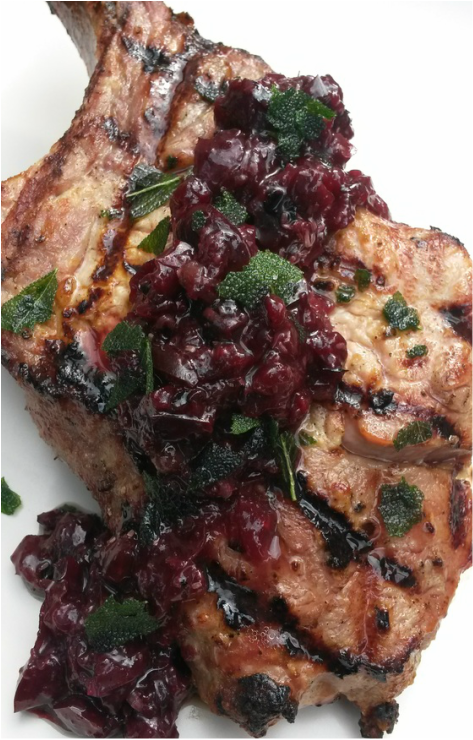
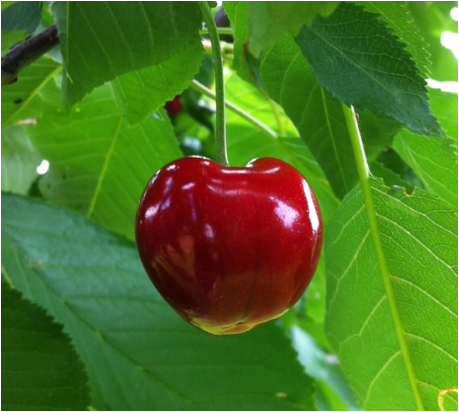
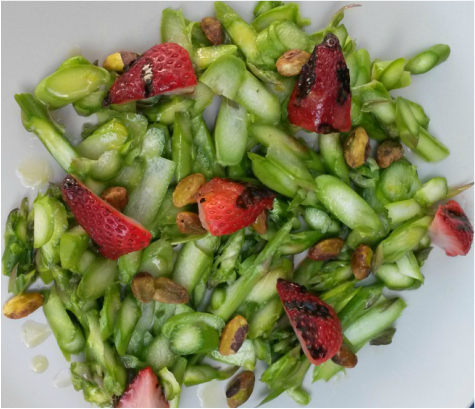
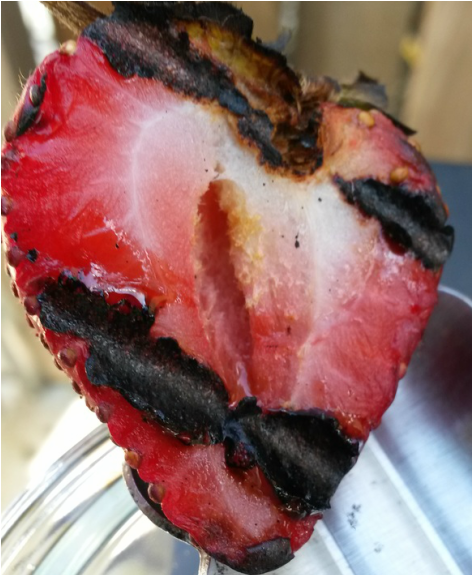
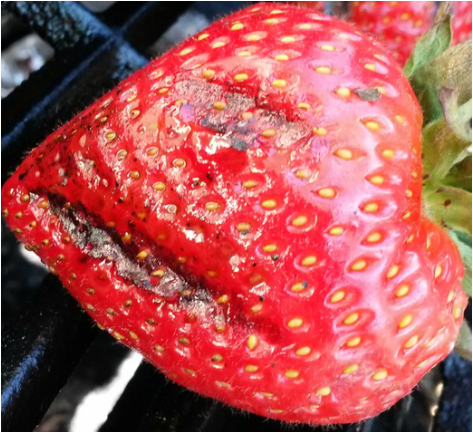
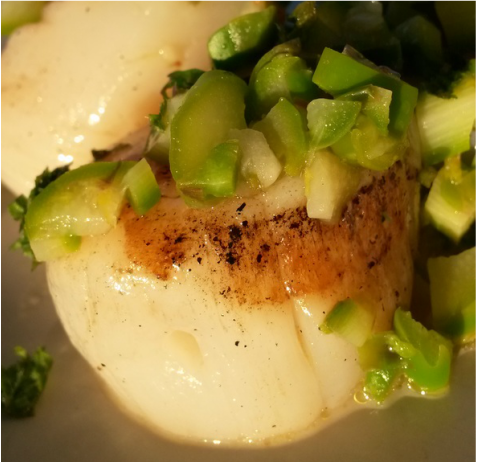
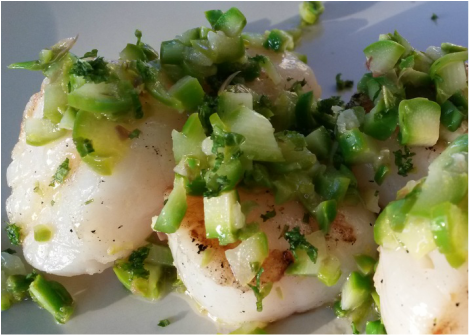
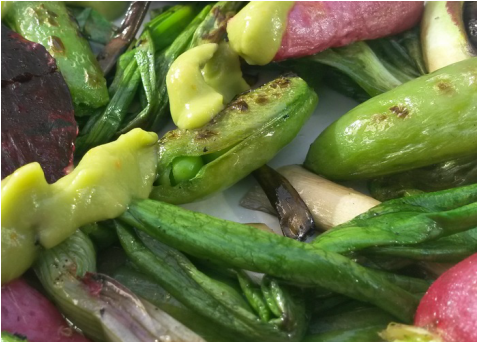
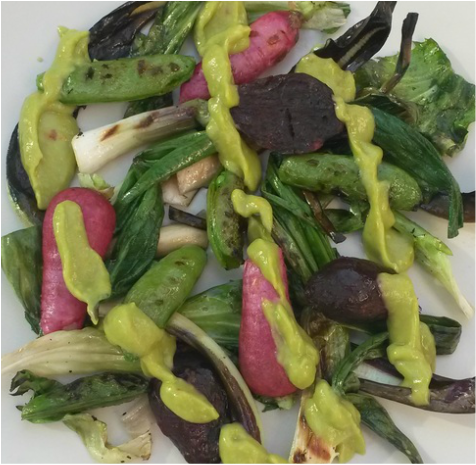
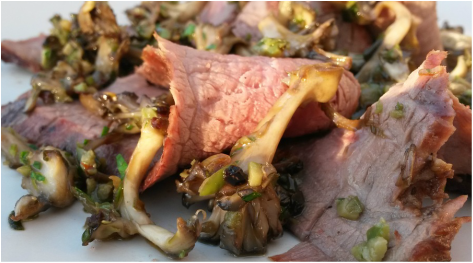
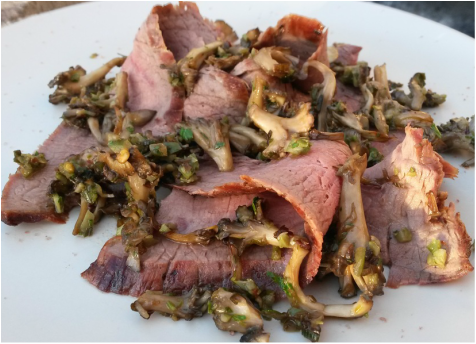
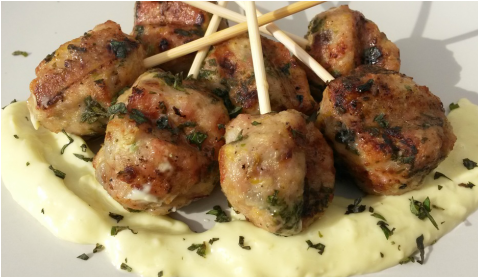
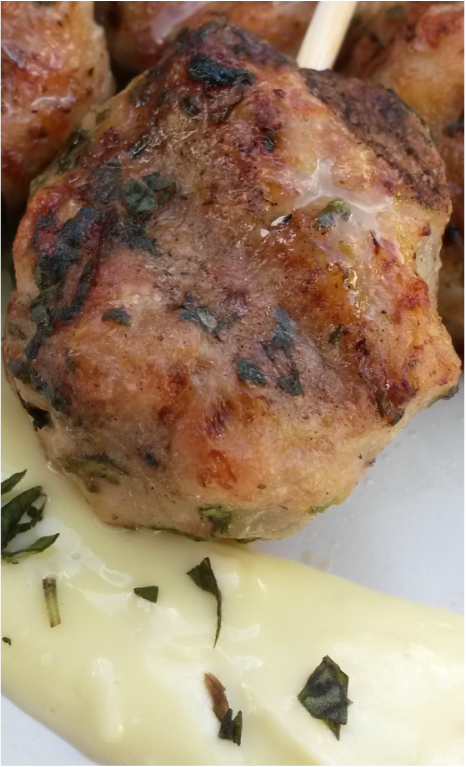
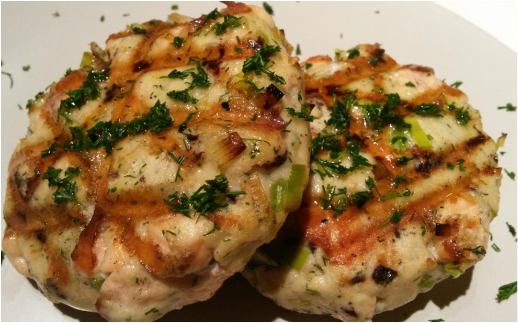
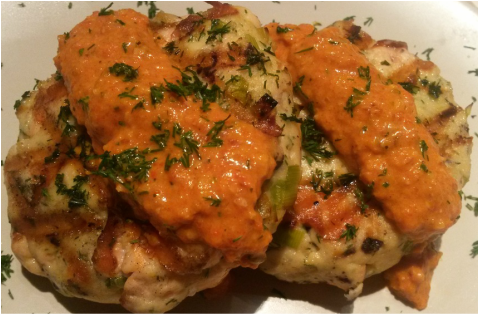
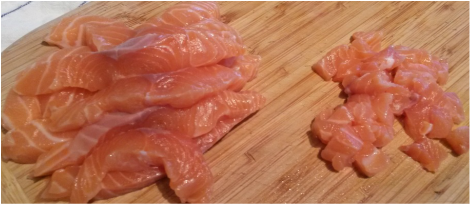
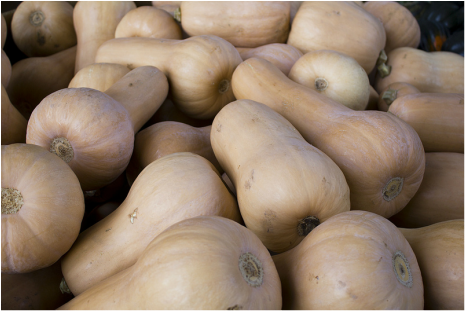
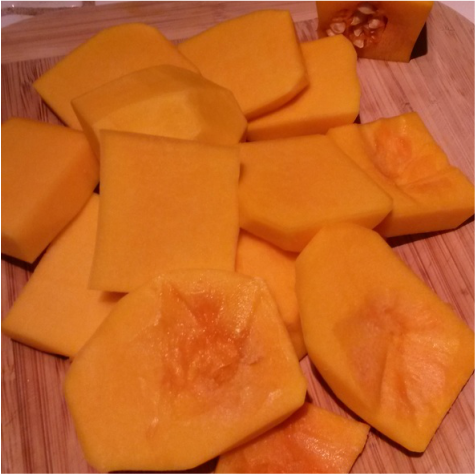
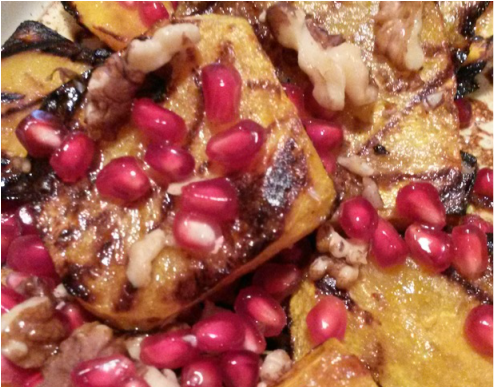
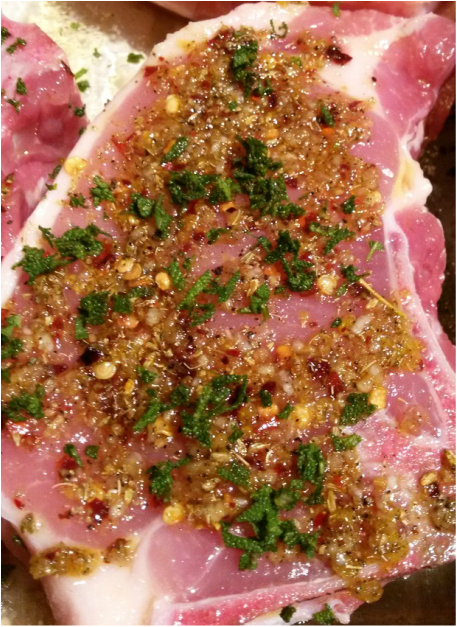
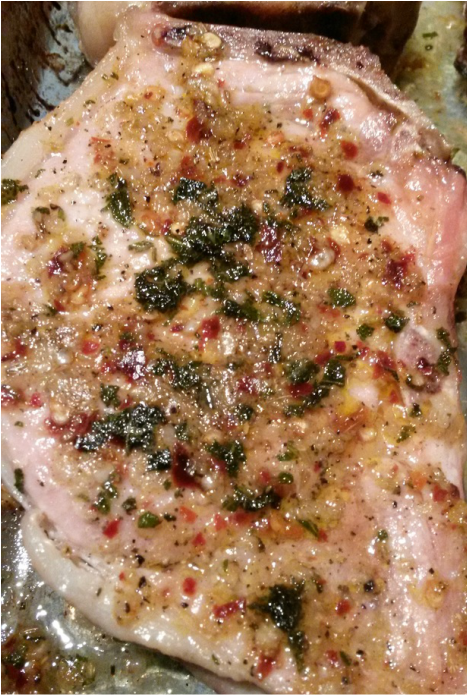
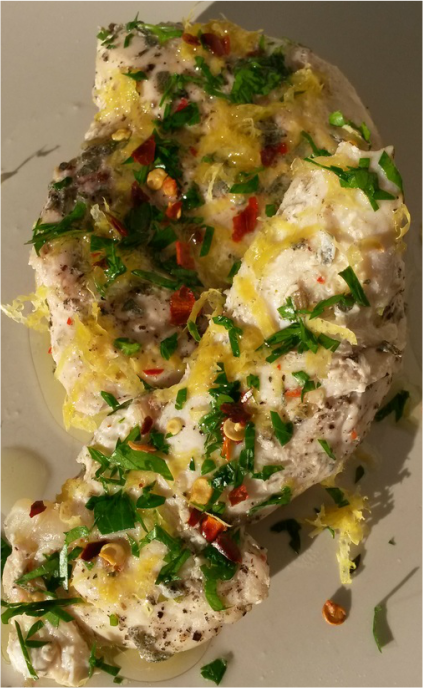
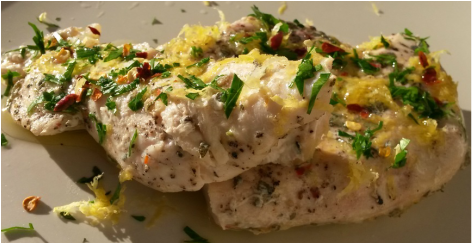
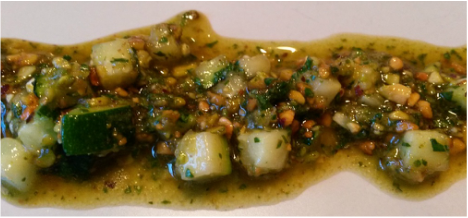
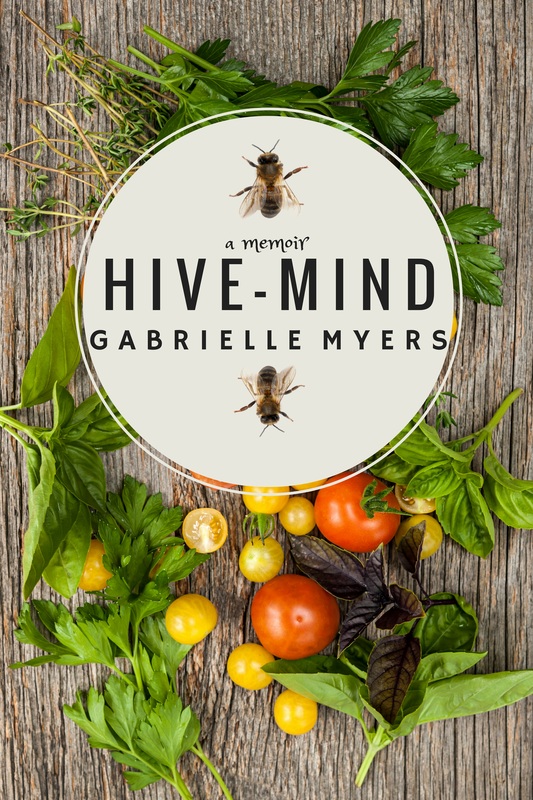
 RSS Feed
RSS Feed